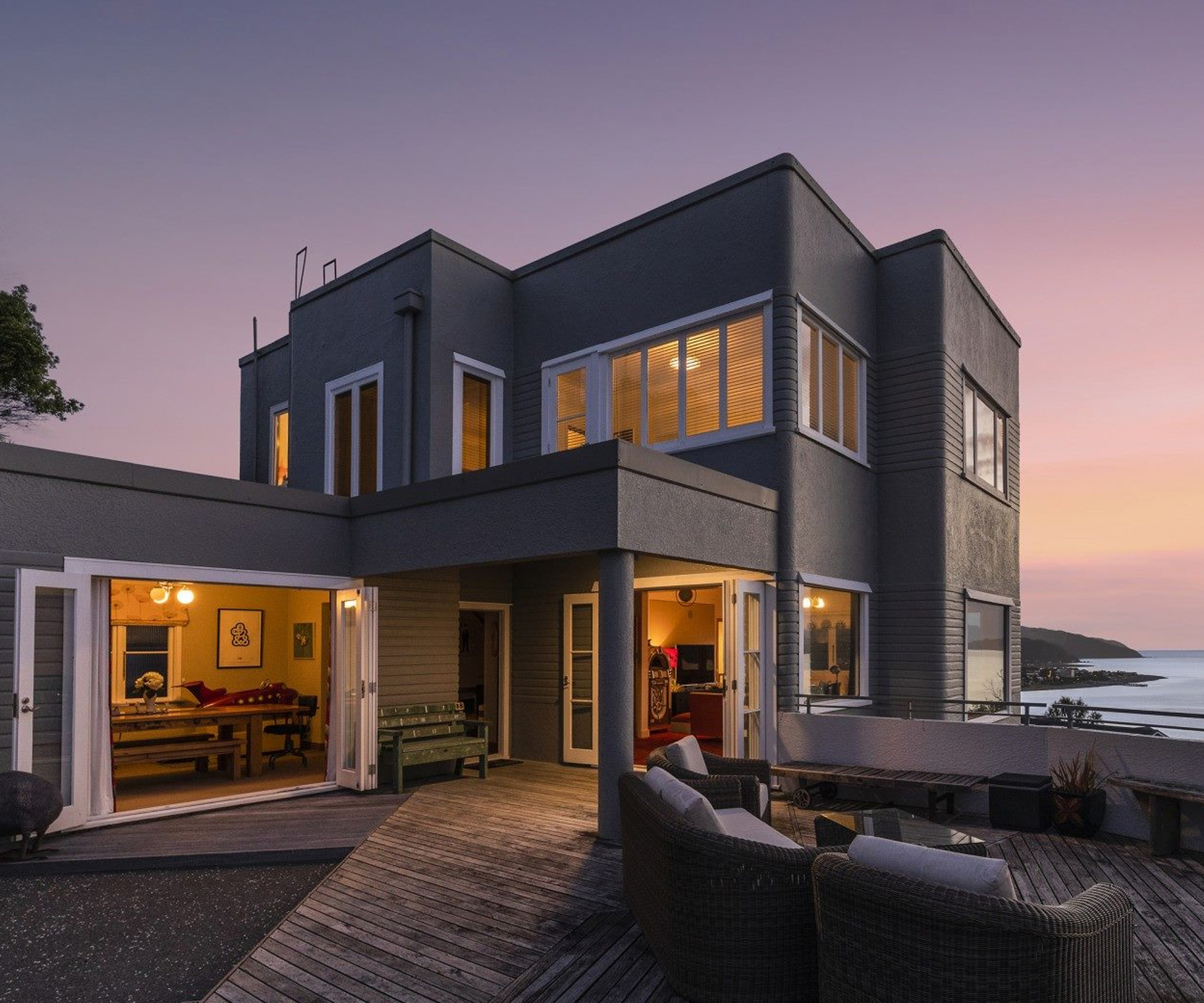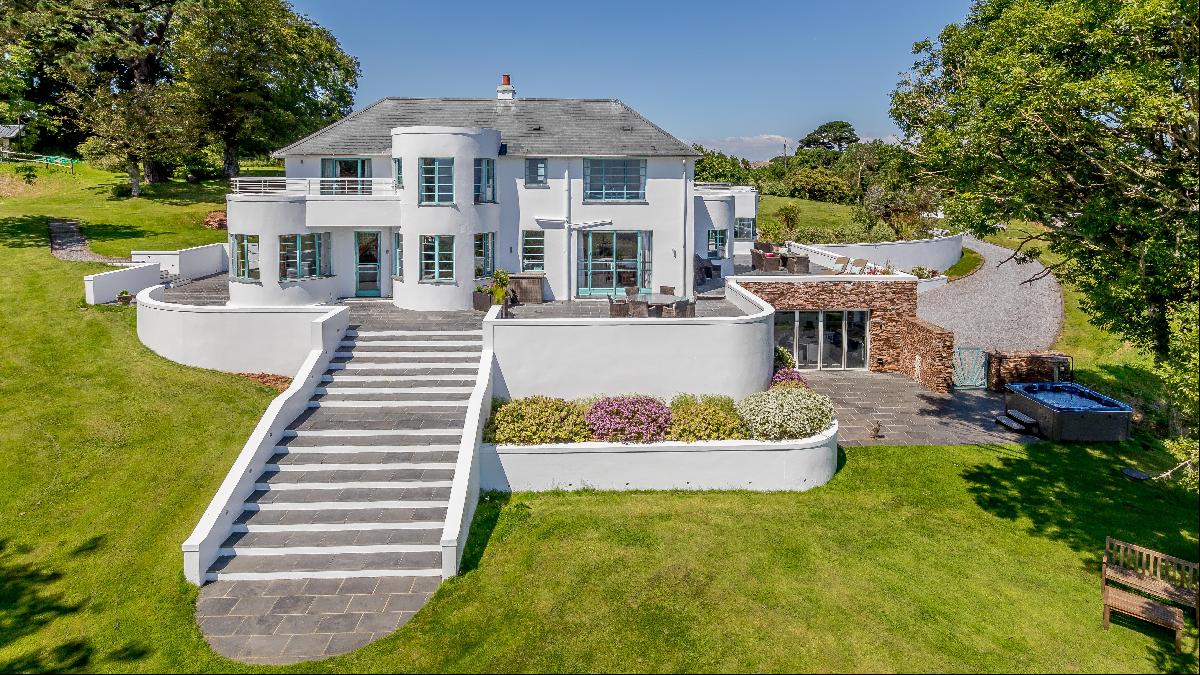Deco House Design Elements

Deco houses, characterized by their geometric shapes, bold colors, and luxurious materials, embody the glamour and opulence of the Art Deco movement. These houses often feature clean lines, sharp angles, and symmetrical facades.
Deco houses, with their glamorous Art Deco influences, are a testament to the opulence of the past. Their geometric patterns and metallic accents evoke a sense of sophistication and luxury. While deco houses may seem like a relic of the past, they can be effortlessly updated with modern touches.
70s home decor , with its bold colors and eclectic patterns, can breathe new life into a deco house while maintaining its timeless appeal. By incorporating elements of both eras, you can create a space that is both stylish and inviting, a perfect blend of old-world charm and modern flair.
Iconic deco houses, such as the Chrysler Building and the Empire State Building, showcase the grandeur of the style. The Chrysler Building, with its intricate Art Deco ornamentation and soaring spire, is a testament to the era’s fascination with skyscrapers.
Art Deco houses, with their sleek lines and geometric shapes, exude a timeless elegance. They share a similar aesthetic with mid century modern interior design , which emphasizes clean lines, functionality, and a connection to nature. Deco houses often feature open floor plans, large windows, and built-in furniture, creating a sense of spaciousness and light.
Influence of Art Deco
Art Deco, an influential design movement of the 1920s and 1930s, played a pivotal role in shaping deco house design. Art Deco’s emphasis on geometric patterns, bold colors, and luxurious materials found expression in the architecture and interiors of deco houses.
The geometric motifs and streamlined forms of Art Deco can be seen in the exterior designs of deco houses, while the movement’s vibrant colors and rich textures are reflected in the interior decor.
Interior Decor for Deco Houses

The interiors of deco houses are characterized by their opulence, glamour, and sophistication. Furniture is typically upholstered in rich fabrics such as velvet, silk, or brocade, and often features geometric or stylized motifs. Lighting is elaborate and often incorporates crystal or glass chandeliers, sconces, and table lamps. Accessories are often Art Deco in style, with geometric shapes, metallic accents, and bold colors.
Tips for Creating a Deco-Inspired Interior Design Scheme
- Use rich colors and bold patterns.
- Incorporate geometric shapes and metallic accents.
- Choose furniture with clean lines and simple forms.
- Accessorize with Art Deco pieces, such as sculptures, vases, and lamps.
Incorporating Modern Elements into a Deco House
While deco houses are often associated with the past, it is possible to incorporate modern elements into their design. One way to do this is to use contemporary furniture pieces with clean lines and simple forms. Another way is to use modern lighting fixtures, such as LED chandeliers or sconces. Finally, you can add modern accessories, such as abstract paintings or sculptures.
Modern Adaptations of Deco Houses

Deco houses, with their opulent glamour and geometric flair, continue to captivate modern homeowners. While preserving their distinctive character, these architectural gems have been ingeniously adapted to meet contemporary lifestyles.
Modern deco houses seamlessly blend classic elements with contemporary comforts. Geometric patterns and sleek lines are juxtaposed with open floor plans, energy-efficient appliances, and smart home technologies. The result is a harmonious fusion of timeless style and modern functionality.
Contemporary Homes with Deco Elements
- Casa Batlló in Barcelona, Spain: This iconic masterpiece by Antoni Gaudí showcases a stunning blend of Art Deco and Catalan Modernism, featuring intricate mosaic work, wrought iron balconies, and a rooftop terrace with panoramic city views.
- Chrysler Building in New York City, USA: This Art Deco skyscraper is renowned for its sleek silhouette, intricate ornamentation, and symbolic references to the automotive industry.
- Hoover House in London, UK: Designed by Wallis, Gilbert & Partners, this modernist masterpiece combines Art Deco elements with clean lines and expansive windows, creating a light-filled and contemporary living space.
Blending deco aesthetics with modern design trends requires a keen eye for detail and a harmonious approach. Here are some tips to achieve a cohesive look:
- Incorporate geometric patterns: Geometric shapes, such as zigzags, chevrons, and sunbursts, are hallmarks of deco style. Use them in wallpaper, fabrics, and furniture to add visual interest.
- Use metallic accents: Gold, silver, and copper accents add a touch of glamour to deco interiors. Incorporate them in lighting fixtures, mirrors, and decorative objects.
- Embrace asymmetry: Deco design often plays with asymmetry, creating a dynamic and visually appealing space. Use asymmetrical furniture arrangements, off-center artwork, and contrasting colors to achieve this effect.